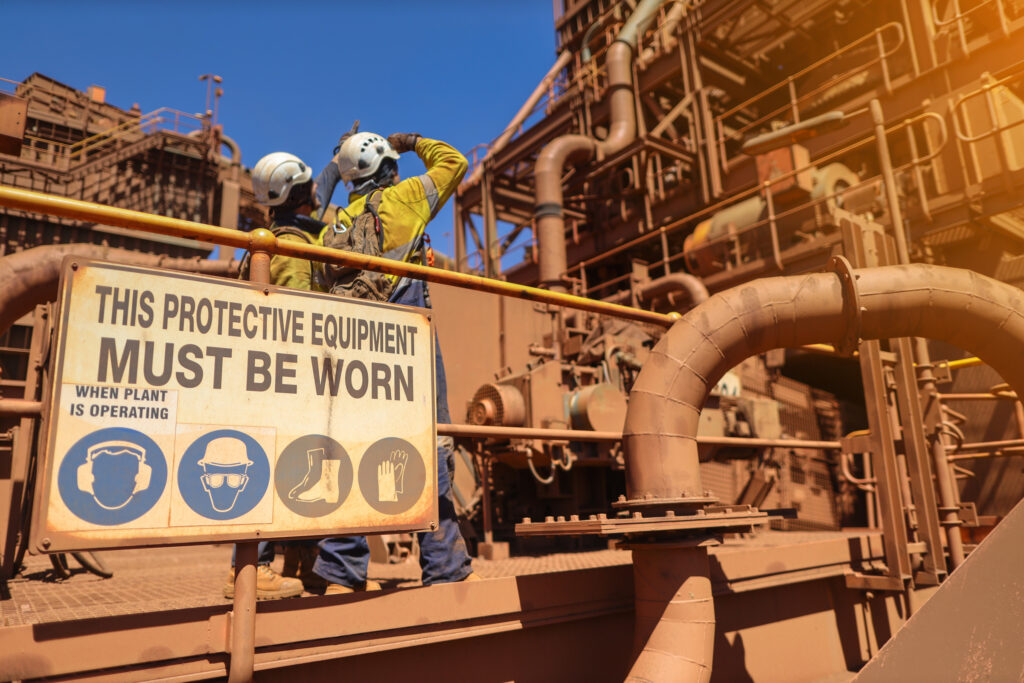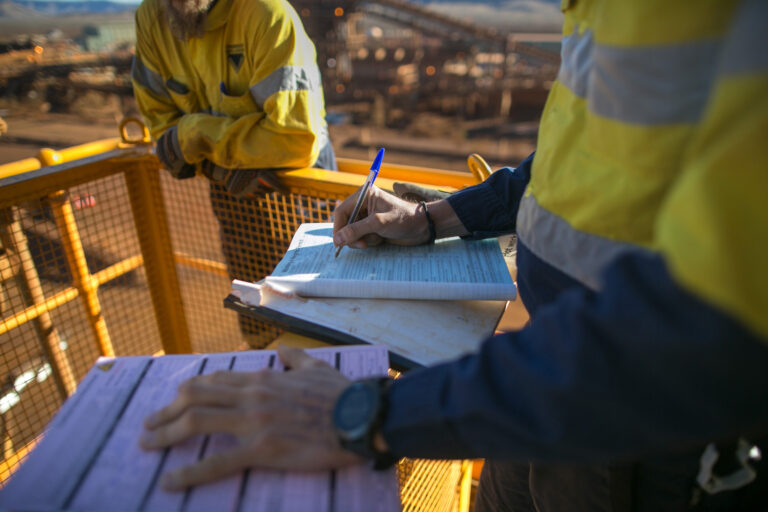As published in Minesite 2020
Are safety incidents continuing to happen within your business, despite your best efforts to minimise hazards, educate and train your workforce around safe behaviours and establish a culture where everyone looks out for each other?
According to Alan Tait (from Taits Consulting) and Cristian Sylvestre (from HabitSafe), the way we think about safety has evolved and Third-Generation Safety is the missing piece of the personal safety puzzle.
“Workplaces which add a Third-Generation Safety approach to what they already are doing experience a dramatic improvement in safety performance, upwards of 50 per cent within the first 3-6 months,” Tait said.
First-Generation Safetycommenced in the early 1980s and focuses on hazards and knowledge. The aim is to keep people safe by eliminating hazards or controlling the remaining ones by providing processes, rules and procedures.
Sylvestre said the problem is that it was impossible to eliminate all hazards, so inductions and training are used to make people aware.
“The premise here is that if people know what will hurt them, they will do the “safe” thing,” Sylvestre said. “It resulted in effective Safety Management Systems and a focus on compliance.”
But what happens if we comply with the Safety Management System and someone still gets hurt, what then? Enter Second-Generation Safety. This commenced in the 1990s and focuses on making safe conscious decisions by keeping safety “front of mind”.
The most common approaches include safety leadership programs and safety observation processes. The “safety is important” message helps people to think more consciously about what they were doing.
But what happens if they have done it a hundred times before and can do it “in their sleep” irrespective of what others say to them?
Tait said neuroscience indicated that 95 per cent of what we do is not “front of mind” but rather “back of mind”, or our subconscious mind.
“Our behaviour primarily comes from the patterns or habits we have established over time,” Tait said. “So, if we have dealt with behaviour as all conscious, we have only targeted 5 per cent of the total and left 95 per cent of the benefit on the table.”
When HabitSafe combined neuroscience with extensive practical research at a number of workplaces it identified an Inattention Pattern that explained 95 per cent of personal safety incidents.
The latest brain research shows we are all biologically designed to function on Autopilot, with our conscious mind going into “neutral” when we do familiar or repetitive tasks. However, going on Autopilot is not the only biological design to introduce inattention and affect our behaviour. Mental stress and fatigue increase inattention and influences our behaviour, increasing the risk of incidents.
Most people do not appreciate they only ever have a safety incident “in the moment”.
“How do we ensure people stay safe in the moment, when first and second-generation safety activities covers what we do before an incident such as risk management, induction, training, consultation and observation and after an incident with investigation and analysis?” Sylvestre said.
Enter Third-Generation Safety, which uses neuroscience to understand how inattention comes about and what can be done to minimise it.
Third-Generation Safety training programs address a fundamental question – When we are inattentive, what’s the most common consequence?
Sylvestre said most people reply with “an incident of some kind”.
“Unfortunately, this is not correct, the correct response is nothing”, he said. “Because we hardly ever have an incident when we are inattentive, we repeat the inattention and it ends up in our habits.”
Although everyone acknowledges the existence of inattention, some safety professionals believe there is nothing we can do about it, or that it can only be addressed by fixing the environment, improving the system or making safety more conscious, landing right back in first and second-generation safety.
Fortunately, that’s the old view. Neuroscience has discovered we are constantly re-wiring our neural patterns, based on the outcomes of our experiences. Although our conscious mind is always working, it is not actively involved in the many things we do automatically. It comes into play when there is something is different or novel. Tait said that to foster personal safety in most of what we do, we needed to deal with what was driving our behaviour, the subconscious mind.
“How do we do get the subconscious mind to foster personal safety? By developing safer skills and habits,” he said. “Third-Generation Safety is the next important step forward in our collective effort to prevent safety incidents and reduce injuries at work, at home and on the road.”



